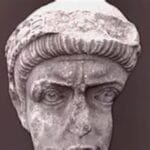Many famous writers and artists have been known to keep pets, often drawing inspiration from them for their creative works. Emily Dickinson had Carlo, a loyal dog she often mentioned in her poems and letters. Jorge Luis Borges cherished his white cat, Beppo, for 15 years, dedicating poems to him. Edward Munch, the painter of “The Scream,” was inseparable from his dog, even taking him to the cinema. However, some artists and writers went beyond the typical cats and dogs, opting for more exotic companions. Let’s explore ten of the most unusual pets owned by famous creators.
Frida Kahlo’s Deer, Granizo
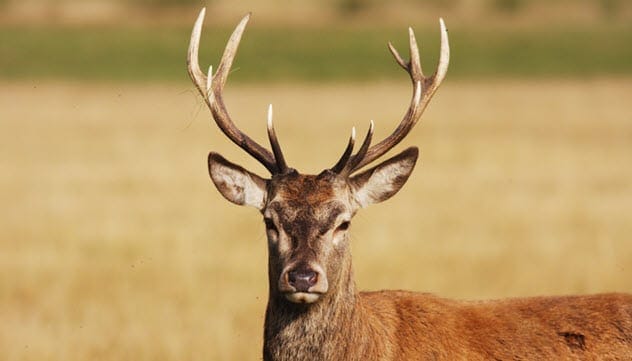 Frida Kahlo was an animal lover and kept a variety of unusual pets at her famous “Blue House” in Mexico. These included monkeys, cockatoos, parrots, and Xoloitzcuintli dogs, a hairless breed believed to have been domesticated by the Aztecs. Animals frequently appeared in her art; out of 143 paintings, 55 are self-portraits featuring at least one of her animal companions. Among her most beloved pets was Granizo (Hail), a deer that posed with her in many photos, slept with her, and inspired her famous painting “Wounded Deer” (1946), where she depicted herself as a deer with a human face.
Frida Kahlo was an animal lover and kept a variety of unusual pets at her famous “Blue House” in Mexico. These included monkeys, cockatoos, parrots, and Xoloitzcuintli dogs, a hairless breed believed to have been domesticated by the Aztecs. Animals frequently appeared in her art; out of 143 paintings, 55 are self-portraits featuring at least one of her animal companions. Among her most beloved pets was Granizo (Hail), a deer that posed with her in many photos, slept with her, and inspired her famous painting “Wounded Deer” (1946), where she depicted herself as a deer with a human face.
Ernest Hemingway’s Six-Toed Cat, Snowball (or Snow White)
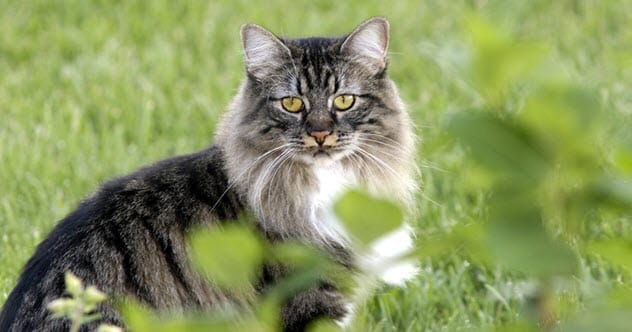 Ernest Hemingway, not often seen as a cat person, loved and owned several cats during his lifetime. While living in Key West, Florida, he received a six-toed cat named Snowball (or Snow White) from a ship captain. This cat had a congenital condition called polydactyly, resulting in six toes on each paw. Today, many of Snowball’s descendants, about half of whom are also polydactyl, live at the Hemingway House-Museum.
Ernest Hemingway, not often seen as a cat person, loved and owned several cats during his lifetime. While living in Key West, Florida, he received a six-toed cat named Snowball (or Snow White) from a ship captain. This cat had a congenital condition called polydactyly, resulting in six toes on each paw. Today, many of Snowball’s descendants, about half of whom are also polydactyl, live at the Hemingway House-Museum.
Dante Gabriel Rossetti’s Wombat, Top
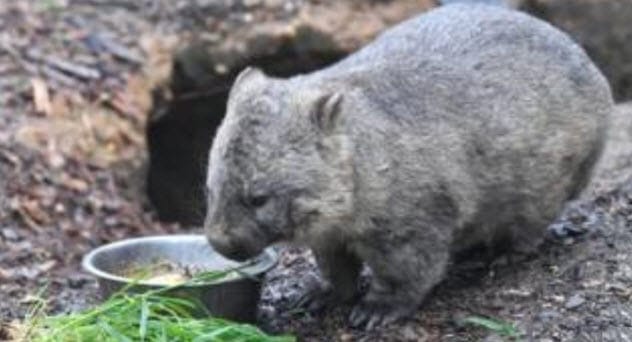 Dante Gabriel Rossetti, a prominent member of the Pre-Raphaelite Brotherhood, had a fascination with exotic animals. He adopted a wombat named Top, allowing him to sleep on the table during meals, much to the dismay of his guests. Upon Top’s death, Rossetti mourned him deeply, writing an epitaph in verse and immortalizing him in drawings. His interest in exotic animals continued, leading to the adoption of a llama and a toucan from South America. Legend says he trained the toucan to ride the llama, wearing a gaucho hat while galloping around the dining room table.
Dante Gabriel Rossetti, a prominent member of the Pre-Raphaelite Brotherhood, had a fascination with exotic animals. He adopted a wombat named Top, allowing him to sleep on the table during meals, much to the dismay of his guests. Upon Top’s death, Rossetti mourned him deeply, writing an epitaph in verse and immortalizing him in drawings. His interest in exotic animals continued, leading to the adoption of a llama and a toucan from South America. Legend says he trained the toucan to ride the llama, wearing a gaucho hat while galloping around the dining room table.
Charles Dickens’ Raven, Grip
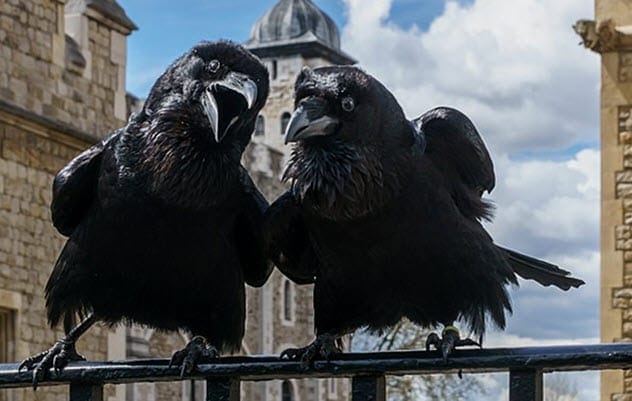 Charles Dickens had a beloved pet raven named Grip, who even became a character in his novel *Barnaby Rudge*. Edgar Allan Poe, who reviewed the novel, may have been inspired by Grip to write his famous poem “The Raven.” Dickens, fascinated by taxidermy, preserved Grip after his death and kept the stuffed bird on his desk for inspiration. After Dickens’s death, Grip was sold at an auction and eventually acquired by an American collector. Today, the stuffed Grip is on display in a museum in Philadelphia.
Charles Dickens had a beloved pet raven named Grip, who even became a character in his novel *Barnaby Rudge*. Edgar Allan Poe, who reviewed the novel, may have been inspired by Grip to write his famous poem “The Raven.” Dickens, fascinated by taxidermy, preserved Grip after his death and kept the stuffed bird on his desk for inspiration. After Dickens’s death, Grip was sold at an auction and eventually acquired by an American collector. Today, the stuffed Grip is on display in a museum in Philadelphia.
Lord Byron’s Tame Bear
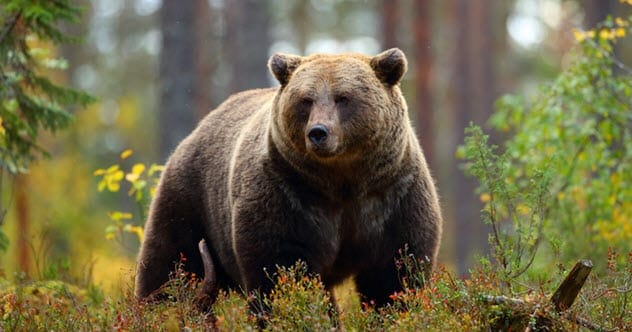 Lord Byron was known for his love of animals, and while his dog Boatswain was his most famous companion, he also kept a tame bear. When Trinity College in Cambridge, where Byron studied, prohibited dogs, Byron reportedly bought a bear at a fair and brought it to live with him at the college. As the college statutes did not mention bears, the authorities couldn’t legally object. Byron walked the bear on a chain like a dog and took it with him to his estate in London after leaving Cambridge.
Lord Byron was known for his love of animals, and while his dog Boatswain was his most famous companion, he also kept a tame bear. When Trinity College in Cambridge, where Byron studied, prohibited dogs, Byron reportedly bought a bear at a fair and brought it to live with him at the college. As the college statutes did not mention bears, the authorities couldn’t legally object. Byron walked the bear on a chain like a dog and took it with him to his estate in London after leaving Cambridge.
Flannery O’Connor’s Backward-Walking Chicken
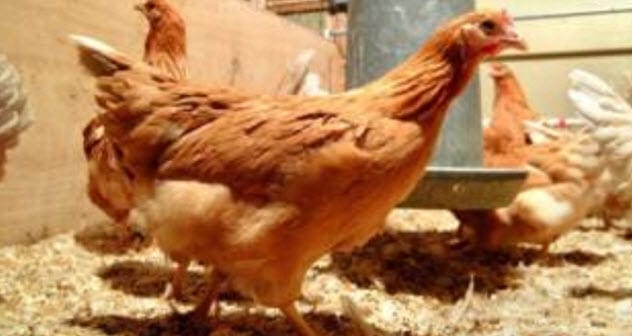 Before she became famous as a writer, Flannery O’Connor gained attention as a child for owning a chicken that could walk backwards. She and her unique pet were featured in a Pathé newsreel in 1932. O’Connor’s fascination with fowl continued throughout her life. She owned various chickens, which she dressed in handmade clothes, as well as peacocks (her favorite animals), a toucan, and an emu.
Before she became famous as a writer, Flannery O’Connor gained attention as a child for owning a chicken that could walk backwards. She and her unique pet were featured in a Pathé newsreel in 1932. O’Connor’s fascination with fowl continued throughout her life. She owned various chickens, which she dressed in handmade clothes, as well as peacocks (her favorite animals), a toucan, and an emu.
Charles Baudelaire’s Bat
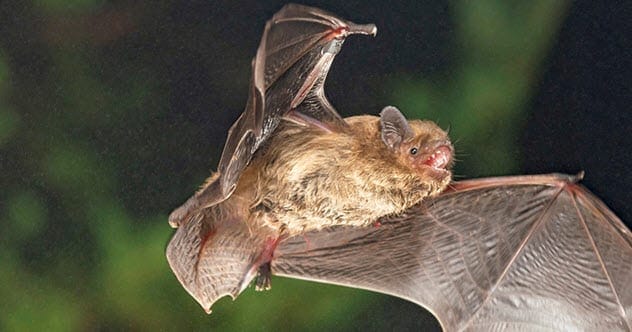 Charles Baudelaire, the author of *Les Fleurs du Mal*, once encountered a bat in the courtyard of his hotel in Brussels. Concerned that the bat might be ill, he rescued it and cared for it until it recovered. He fed it bread and milk, and the bat slept upside down in an empty canary cage. Baudelaire enjoyed caressing the bat, much to the horror of his maid. Once the bat was healthy, Baudelaire released it back to its home in the crevices of Sainte-Anne chapel.
Charles Baudelaire, the author of *Les Fleurs du Mal*, once encountered a bat in the courtyard of his hotel in Brussels. Concerned that the bat might be ill, he rescued it and cared for it until it recovered. He fed it bread and milk, and the bat slept upside down in an empty canary cage. Baudelaire enjoyed caressing the bat, much to the horror of his maid. Once the bat was healthy, Baudelaire released it back to its home in the crevices of Sainte-Anne chapel.
Alexandre Dumas’ Vulture, Diogène (previously Jugurtha)
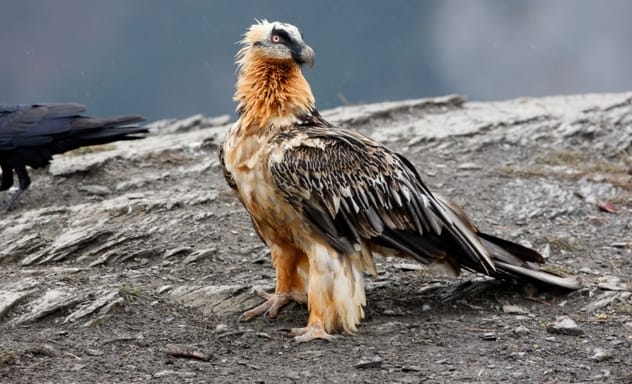 Alexandre Dumas, the author of *The Three Musketeers* and *The Count of Monte Cristo*, was fond of exotic animals. At his country estate, he kept dogs, a cat, monkeys, parrots, a golden pheasant, and a vulture. He bought the vulture cheaply in Algeria and named him Jugurtha. However, the vulture preferred living in an empty barrel, so Dumas renamed him Diogène, after the Greek philosopher who lived in a barrel.
Alexandre Dumas, the author of *The Three Musketeers* and *The Count of Monte Cristo*, was fond of exotic animals. At his country estate, he kept dogs, a cat, monkeys, parrots, a golden pheasant, and a vulture. He bought the vulture cheaply in Algeria and named him Jugurtha. However, the vulture preferred living in an empty barrel, so Dumas renamed him Diogène, after the Greek philosopher who lived in a barrel.
Henrik Ibsen’s Scorpion
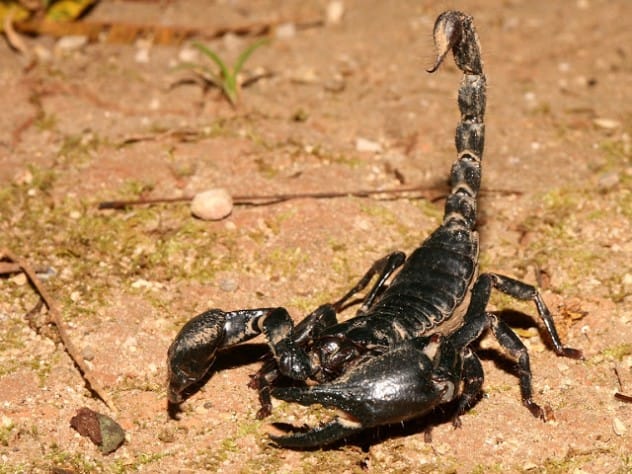 While living in Rome and struggling to make a name for himself, Henrik Ibsen, the Norwegian playwright, found a scorpion and kept it in a beer glass on his desk as he wrote his play *Brand*. Ibsen mentioned in a letter that when the scorpion seemed ill, he would give it a piece of fruit, into which it would inject its poison before recovering.
While living in Rome and struggling to make a name for himself, Henrik Ibsen, the Norwegian playwright, found a scorpion and kept it in a beer glass on his desk as he wrote his play *Brand*. Ibsen mentioned in a letter that when the scorpion seemed ill, he would give it a piece of fruit, into which it would inject its poison before recovering.
Princess Vilma Lwoff-Parlaghy’s Lion, Goldfleck
 Princess Vilma Lwoff-Parlaghy, a famous painter in the late 19th and early 20th century, was known for her love of animals. She admired a lion cub at a circus and asked her friend, Civil War hero Daniel E. Sickles, to acquire it for her. She named the lion Goldfleck and kept him in her suite at the Plaza Hotel, even taking him for walks in Central Park. Sadly, Goldfleck died two years later and is buried at Hartsdale Pet Cemetery.
Princess Vilma Lwoff-Parlaghy, a famous painter in the late 19th and early 20th century, was known for her love of animals. She admired a lion cub at a circus and asked her friend, Civil War hero Daniel E. Sickles, to acquire it for her. She named the lion Goldfleck and kept him in her suite at the Plaza Hotel, even taking him for walks in Central Park. Sadly, Goldfleck died two years later and is buried at Hartsdale Pet Cemetery.
Unusual Animal Companions
These stories highlight the unique bonds that famous writers and artists formed with their unusual pets. From deer and wombats to ravens and lions, these animals provided companionship, inspiration, and a touch of the extraordinary to their owners’ lives. These unconventional pets often reflected the eccentric personalities and creative spirits of their celebrated owners.What’s the most unusual pet you’ve ever heard of? Share your thoughts in the comments below!




